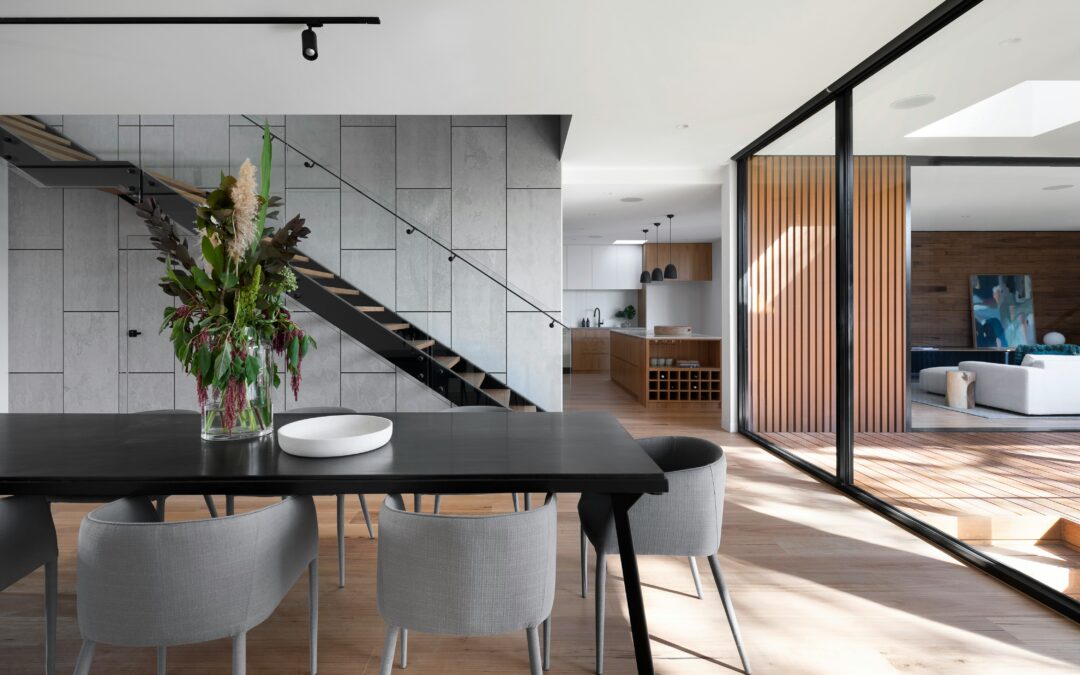When it comes time to renovate or update areas of the home like the kitchen, bathrooms, lighting, or furniture, most people consider a variety of crucial elements before making final decisions. Let’s take a closer look at some of the top criteria homeowners examine when selecting interior design elements.
Budget Rules
One of the primary drivers shaping interior choices is budget. Creating realistic cost estimates for projects involving high-traffic rooms like the kitchen or bathrooms requires researching material and labor expenses upfront. Designers also budget for elements like cabinetry, countertops, fixtures, flooring, and appliances to stay within financial means. With furniture, clients often focus first on affordable options that fulfill necessary functions in each room before investing in luxury statement pieces. Careful budgeting allows projects to proceed smoothly without going over budget.
Function Over Form
While aesthetic appeal matters, practical functionality typically guides many interior design selections, especially for rooms like the kitchen. Cabinets, drawers, and countertops must efficiently store dishes, small appliances, and groceries for easy access during food preparation. Sinks, faucets, and other plumbing fixtures need durable construction suitable for frequent use. Lighting arrangements should properly illuminate all work areas. Similar functional priorities also influence bath renovations or furniture purchases according to each item’s intended daily purpose within a space. Form follows functionality for long-lasting decision-making.
Design Styles
Individual design aesthetics and trends factor significantly into selections as well. Current interior styles like farmhouse, mid-century modern, coastal, or Scandinavian often inspire kitchen or bathroom remodels. Homeowners match cabinetry, fixtures, flooring, backsplashes, and decorative accents to their preferred design sensibilities. Furthermore, furniture choices coordinate with a home’s overall interior color palette and style for a cohesive visual flow between rooms. Consideration of personal design tastes produces interior décor personally pleasing for many years.
Durability and Maintenance
The longevity and upkeep requirements of various materials play a role in the selection processes too. Solid wood kitchen cabinets withstand years of use better than particle board models, for instance. Bathroom selections favor slip-resistant flooring, moisture-resistant vanities, and easy-to-clean surfaces. High-quality lighting fixtures and furniture constructed from durable woods continue serving homes with minimal repair costs over time as well. Overall, low-maintenance options permitting forms to last through continual everyday use attract many homeowners.
Space Constraints
The size and layout of a space is another major consideration that shapes interior decisions. For areas like kitchens with limited square footage, homeowners must carefully select compact appliances and cabinetry that don’t overcrowd the area. Optimal storage solutions are crucial in tight bathrooms. Furniture pieces need to fit proportionately within rooms without blocking walkways. Even lighting fixtures and hardware are chosen with space in mind. Making the most of existing spaces requires downsizing or multifunctional selections at times.
Sustainability
Going green has grown in priority for many renovating their homes as sustainability gains widespread attention. Both financial and environmental factors drive the selection of eco-friendly materials. VOC-free, formaldehyde-free cabinetry protects indoor air quality. Water-conserving fixtures lower utility costs long-term. Responsibly harvested hardwoods sequester carbon and support fair trade. LED lighting saves on electricity bills. Furnishings featuring recycled, organic, or locally sourced components offer natural warmth. Considering a product’s entire lifecycle benefits beyond initial costs through lessened carbon footprints, reduced waste, and healthier living over the years.
Consulting Professionals
While DIY projects suit some, many homeowners consult experienced interior designers during complex renovations. Kitchen and bath specialists advise on optimized layouts, materials, plumbing, and more for efficient functionality. Lighting experts ensure form follows lighting needs. Furniture consultants assist in achieving desired aesthetic flows. Professional perspectives provide unbiased options within budgets to help clients visualize complete looks. Their expertise streamlines decision-making for coherent style execution benefiting interior spaces for years to come.
Conclusion:
In summary, practical concerns for budgets, functions, styles, durability, and consulting advice primarily drive most homeowners’ interior design choices for areas like kitchens, bathrooms, lighting, and furniture to best suit families’ long-term lifestyle needs within homes. Thorough consideration of these crucial factors results in satisfying renovations serving occupants for many useful years ahead.
FAQs:
Q1: How do I determine my budget for a home interior project?
Ans: Think about the scope and scale of the project. Get quotes from contractors to understand material and labor costs. Factor in design fees if hiring a professional. Consider financing options like loans if the budget is tight.
Q2: How do I pick a style that suits my personality and home?
Ans: Consider your aesthetics and what brings you joy. Look at photos of styles you like for inspiration. Match new pieces to your home’s architectural details and existing decorative elements. Try virtual design tools or consult a designer if you need help visualizing options.
Q3: Should I focus on form or function first?
Ans: For rooms you use daily like the kitchen, prioritize functionality – make sure layouts and storage suit your needs. Then consider aesthetics. For decorative areas, balance both. You want spaces to be visually appealing but also practical for their intended use.
Q4: What kinds of professionals should I consult for different projects?
Ans: Kitchen & bath designers for those room remodels. Lighting designers for sophisticated schemes. Interior designers for full renovations. Furniture specialists or store design teams for large purchases. General contractors to oversee multiple aspects of renovations.
https://unsplash.com/photos/black-wooden-table-and-chairs-wDDfbanbhl8?utm_content=creditShareLink&utm_medium=referral&utm_source=unsplash


